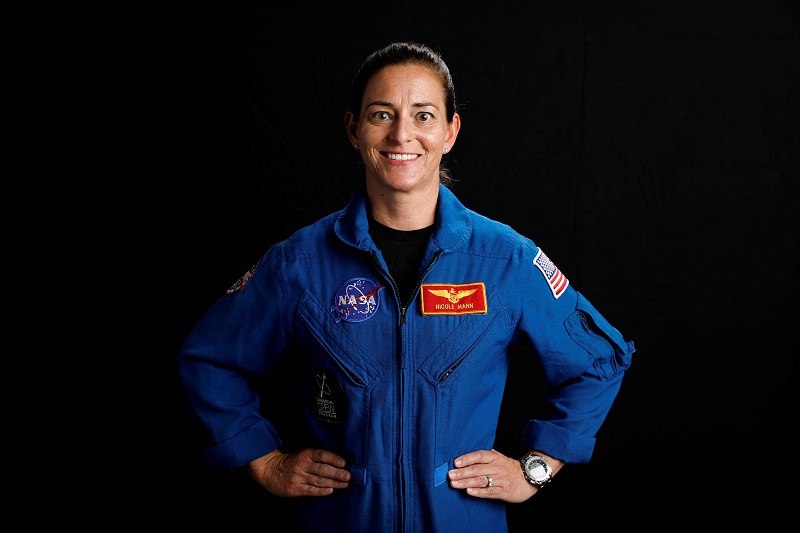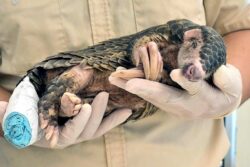Nicole Mann says she is proud to be 1st Native American woman in space

NASA commercial crew astronaut Nicole Mann poses for a portrait at the Johnson Space Center in Houston in July 2019.
16:15 JST, September 15, 2022
Nicole Aunapu Mann has waited nine long years for her chance to go into space.
And if all goes according to plan, that wait will end on Oct. 3, when she will lead NASA’s Crew-5 mission to the International Space Station.
“It has been a long journey, but it’s been so well worth it,” Mann told Reuters last month.
Mann will be the first Native American woman in space. The first Native American man in space was John Herrington in 2002.
“I feel very proud,” said Mann. “It’s important that we celebrate our diversity and really communicate that specifically to the younger generation.”
Mann, a member of the Wailacki of the Round Valley Indian Tribes in Northern California, said that her upcoming mission has sparked excitement in her community.
“That’s really, I think, an audience that we don’t get an opportunity to reach out to very often,” she said.
With her journey into space just weeks away, Mann said she will be taking a few mementos into orbit to remind her of home, among them a “dreamcatcher,” a traditional Native American protective charm.
Mann, a marine colonel with a master’s in mechanical engineering, was recruited into NASA in 2013 and finished candidate training two years later.
The former fighter pilot who flew U.S. combat missions in Iraq and Afghanistan now heads up an international crew that includes fellow NASA astronaut Josh Cassada, Japan’s Koichi Wakata and Russian cosmonaut Anna Kikina.
They are set to launch from Florida’s Kennedy Space Center aboard SpaceX’s Dragon spacecraft and swap out Crew-4 from the ISS.
The gigantic Space Launch System, topped by an unmanned Orion Crew Capsule, is the first step in the goal of returning humans to the moon after a half-century hiatus.
Mann said that she and her ISS crew will be helping to prepare for the future success of Artemis.
“What we’re doing in low earth orbit not only trains the astronauts but provides the technical development and operational concepts that we’re going to need to live [with a] sustained human presence on the moon and eventually take us to Mars,” she said.




